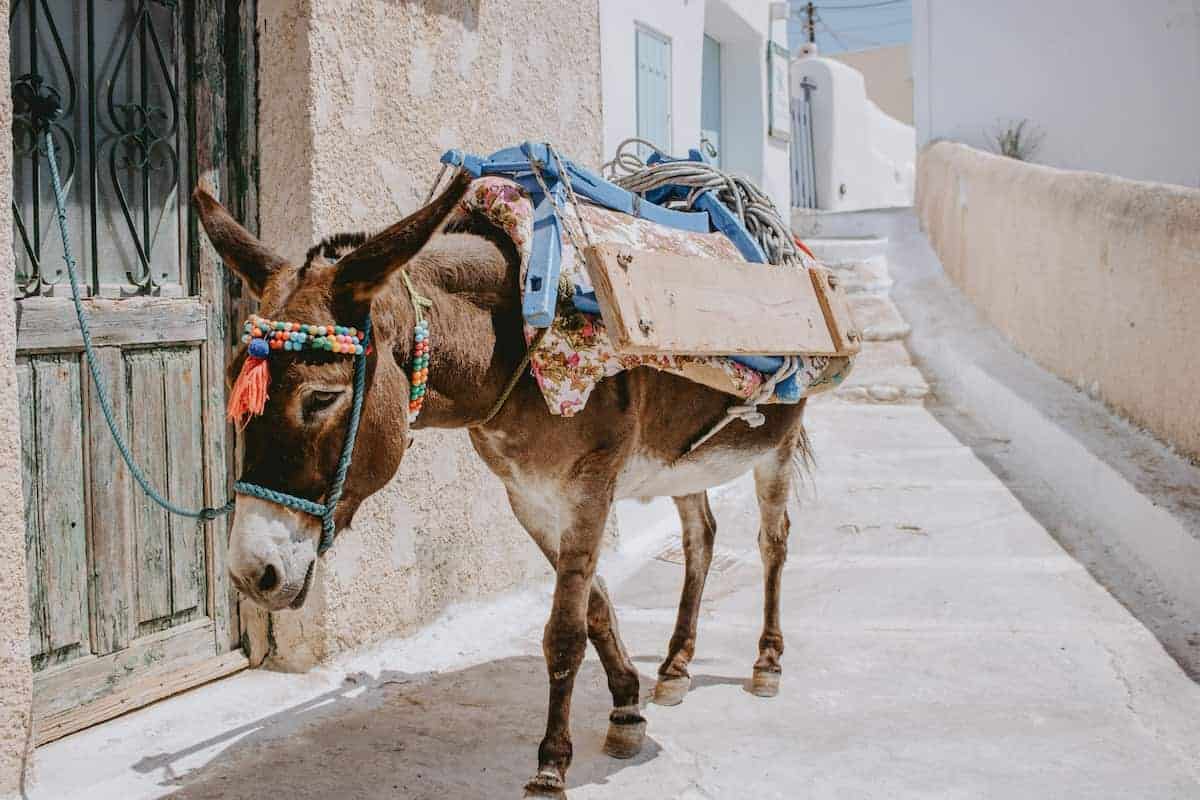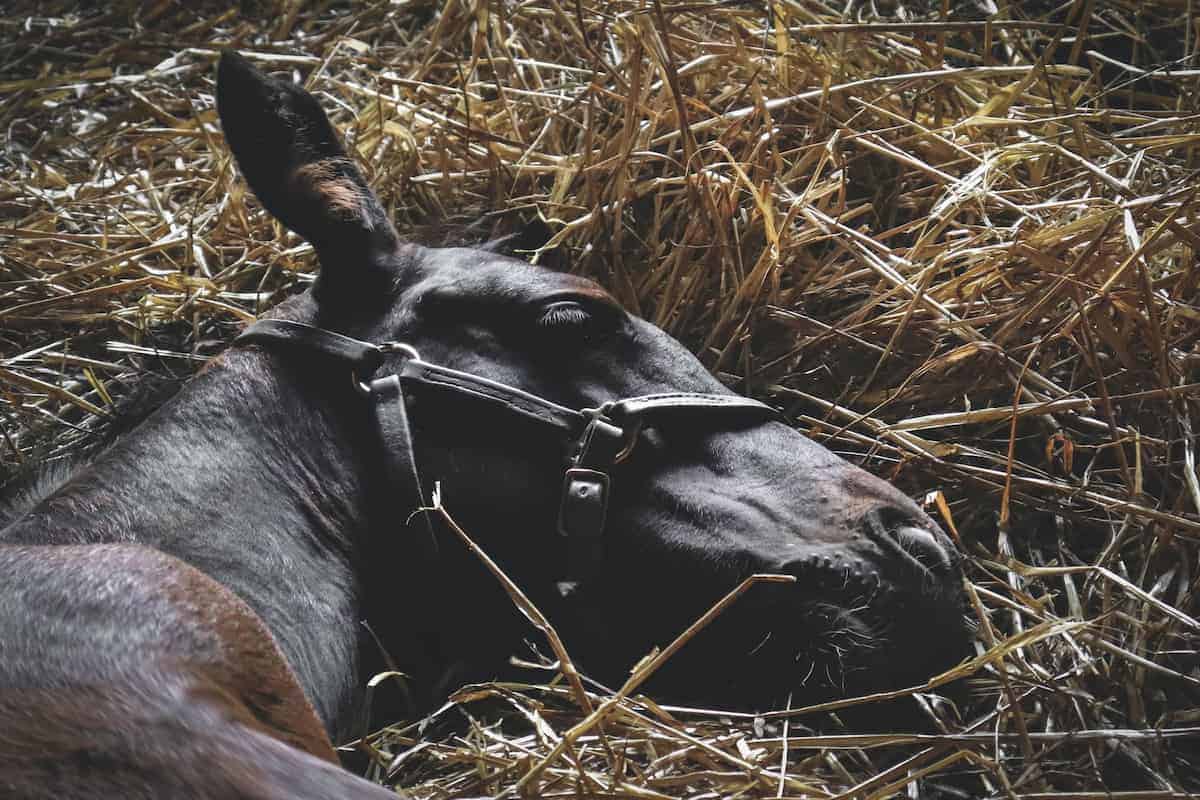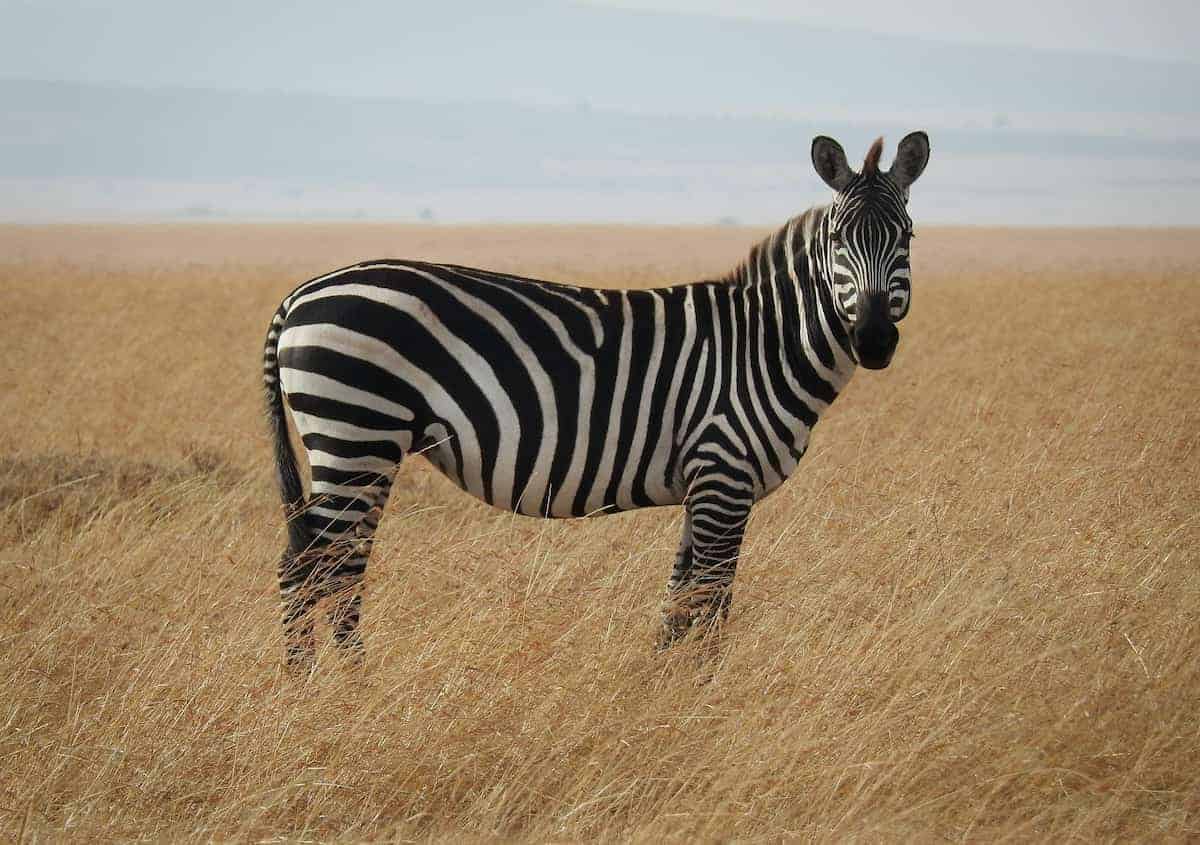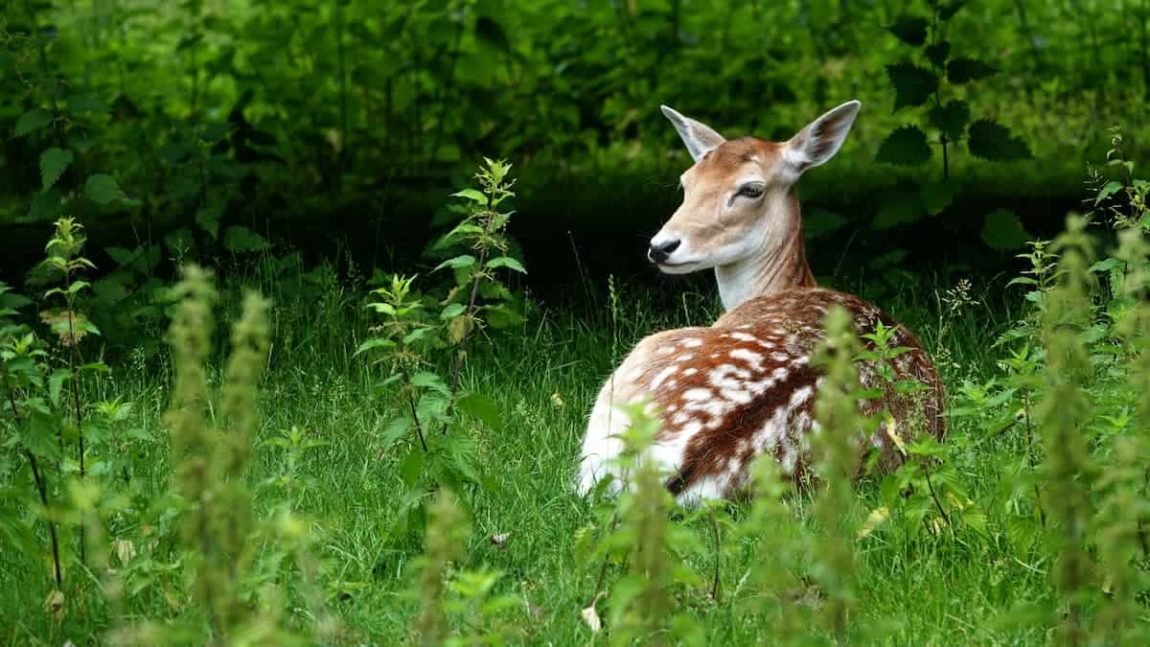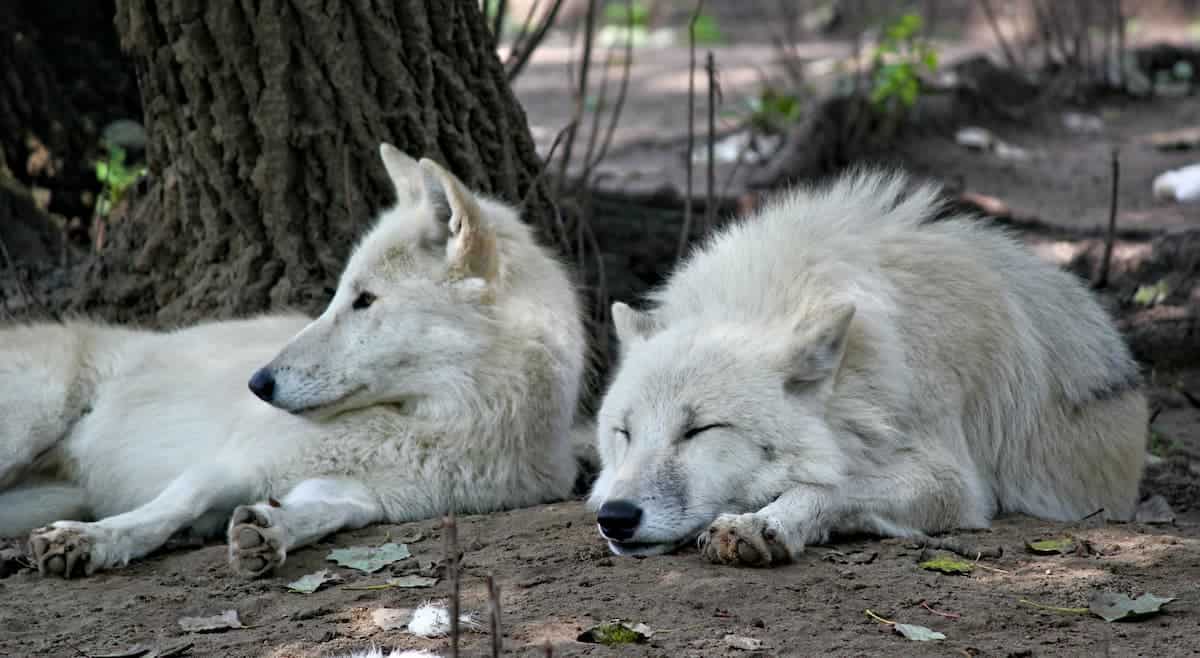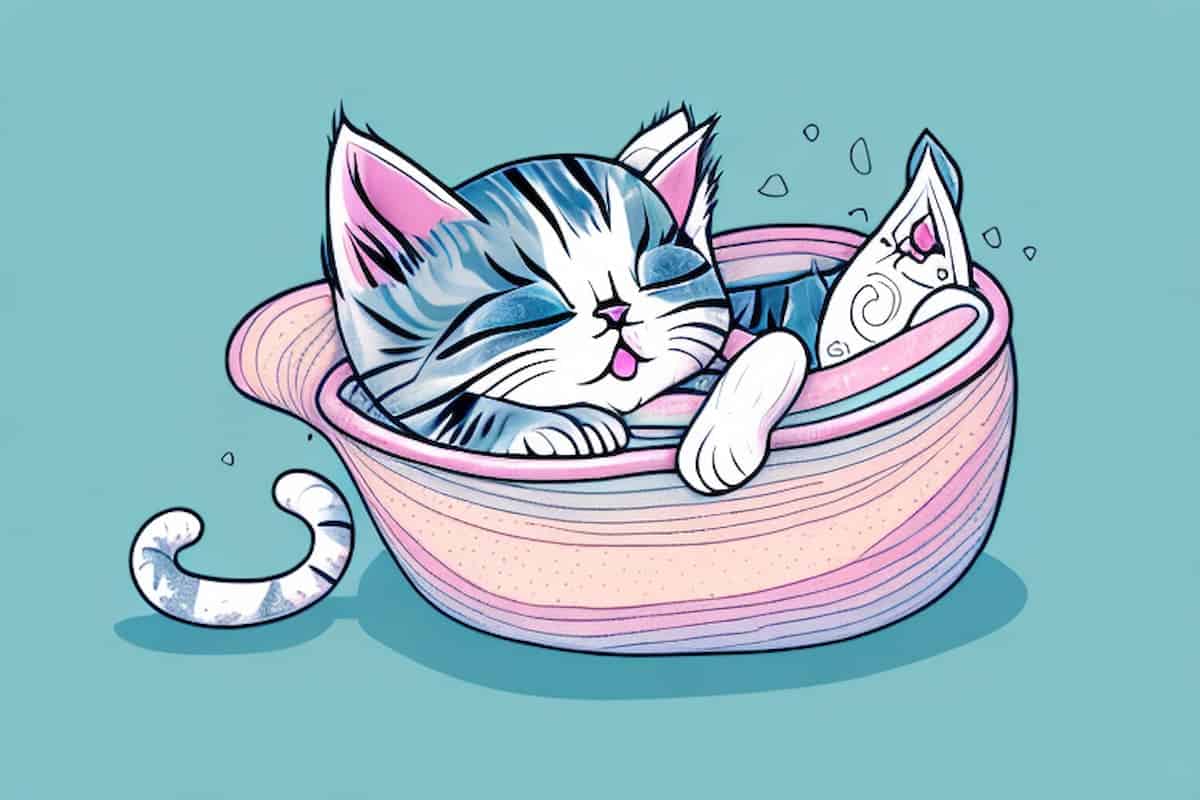Donkeys seem to stand most of the time, so when and how do they sleep? My pet donkeys rarely lie down except to sunbathe or roll in the dirt. Some nights I even hear them munching grass outside my bedroom window, even though they have a warm stable. Humans and donkeys have different sleeping habits, so in this article, we shall find out – amongst other things – why and how donkeys sleep standing up.
Do Donkeys Sleep Standing Up?
Donkeys often sleep or ‘power nap’ while standing up. According to scientists who have studied the sleeping patterns of mammals, three observations can help us better understand the sleeping behavior of donkeys:
1. Donkeys Are Prey
In the wild, donkeys are considered food for predators. Donkeys must be alert and ready to act defensively to stay alive, so they nap on their feet. If a predator poses a threat, a donkey will usually bray, put up a fight, or both.
The quick-defense aggression of donkeys makes them good companion animals for other livestock, as they have learned how to defend themselves in a hurry, even if they were napping while standing.
2. Donkeys Are Grazers
Donkeys are herbivores and need to eat a lot (even through the night if they can). According to LiveScience, donkeys will eat up to 6,000 pounds of grass annually. Since grass does not walk to donkeys, donkeys need to walk to new grazing spots, as they graze on average for 16 hours a day. Sometimes you will even see a donkey grazing with its eyes closed if it feels safe.
3. Donkeys Are Herd Animals, But That Does Not Mean More Sleep
Despite creating safety in numbers, donkeys will not sleep lying down unless they feel completely safe doing so. According to the scientists’ observations, herd animals tend to sleep less than solitary animals in the wild.
Donkeys tend to follow their herd, which means standing or walking around. If the herd settles in a spot for a while, a donkey might take the opportunity to nap standing or lie down to sunbathe or sleep a bit.
Do Donkeys Get Enough Sleep While Standing Up?
Scientists who have studied donkeys say donkeys need three hours of sleep a day. For any mammal, Rapid Eye Movement (R.E.M.) sleep is important for the body to cope, heal and grow. R.E.M. sleep is only achieved when lying down, and a normal-sized donkey only needs 1.5 hours of R.E.M. sleep a day.
In addition to the 1.5 hours of R.E.M. sleep needed, donkeys will take little power naps throughout the day to make their 3-hour quota.
How Are Donkeys Able To Sleep Standing Up?
Donkeys, along with horses, zebra, and other livestock, can sleep standing because of a unique part of their anatomy – the stay apparatus. The stay apparatus is found in a donkey’s limbs and allows the donkey to relax the rest of its body while standing and resting.
The tendons, ligaments, and muscles within the stay apparatus lock the joints of the limbs in a standing position. When a donkey relaxes, its front legs automatically lock into position from the shoulders down to the feet. The hind legs also lock, but not automatically. That is why donkeys sometimes appear to rest one hind leg while the other three are locked in place.
Do Donkeys Always Sleep Standing Up?
Donkeys will only lie down if they feel completely safe from predators or are too exhausted to stand. If a donkey feels safe enough to lie down, it will not be for a long time. Donkeys stabled at night or kept in enclosures during the day might lie down more often than free-roaming donkeys, and they will have more chance to get the R.E.M. sleep they require.
Donkeys enjoy rolling in the dirt to help get rid of their winter coat, to keep flies at bay in summer, and to soothe itchy spots. A donkey may paw at the dirt to loosen it up for rolling in. Donkeys also enjoy basking in the sun on warm days and may lie down and sleep a bit. If you want to learn more about the other ways donkeys sleep check out our article on how do donkeys sleep.
Do All Types Of Donkeys Sleep Standing Up?
Miniature, standard and mammoth donkeys lose control over their muscles when they sleep, so to get their daily allotment of R.E.M. sleep, they will either lie down on their side or with their chest forward. Miniature donkeys only need about 45 minutes of R.E.M. sleep throughout the day. They can sleep in short intervals, giving them enough energy to last 24 hours.
Compared to standard or mammoth donkeys, miniature donkeys are more capable of lying down as their lighter weight protects their organs from being crushed.
Wild donkeys, or burros, also nap standing up but will need thirty to forty-five minutes a day of lying down to get their R.E.M. sleep. Whether they get the chance to lie down or not depends on how safe they feel and how exhausted they are. Donkeys can also become irritable as a result of sleep deprivation.
Do Donkeys Take Turns To Sleep Laying Down?
Given that donkeys are friendly, herd animals that only need a short amount of time lying down to sleep properly, the likelihood of them all needing to sleep simultaneously is small. Donkeys will take turns keeping an eye out for danger while their peer takes a nap lying down; that is why it is important to have at least two donkeys.
On a farm, donkeys will keep similar sleeping times to other livestock but will nevertheless spend most of their time standing up and napping. Donkeys kept in a safe enclosure at night are likelier to lie down and sleep simultaneously, especially if they have enough space.
Conclusion
As we can see, donkeys do “sleep” standing up. Donkeys can nap standing because of a feature in their anatomy, the stay apparatus. Because donkeys are grazers, they are prey. A donkey needs to be ready for action should a predator threaten its safety. Donkeys will take turns to lie down and sleep while their peers keep guard.
